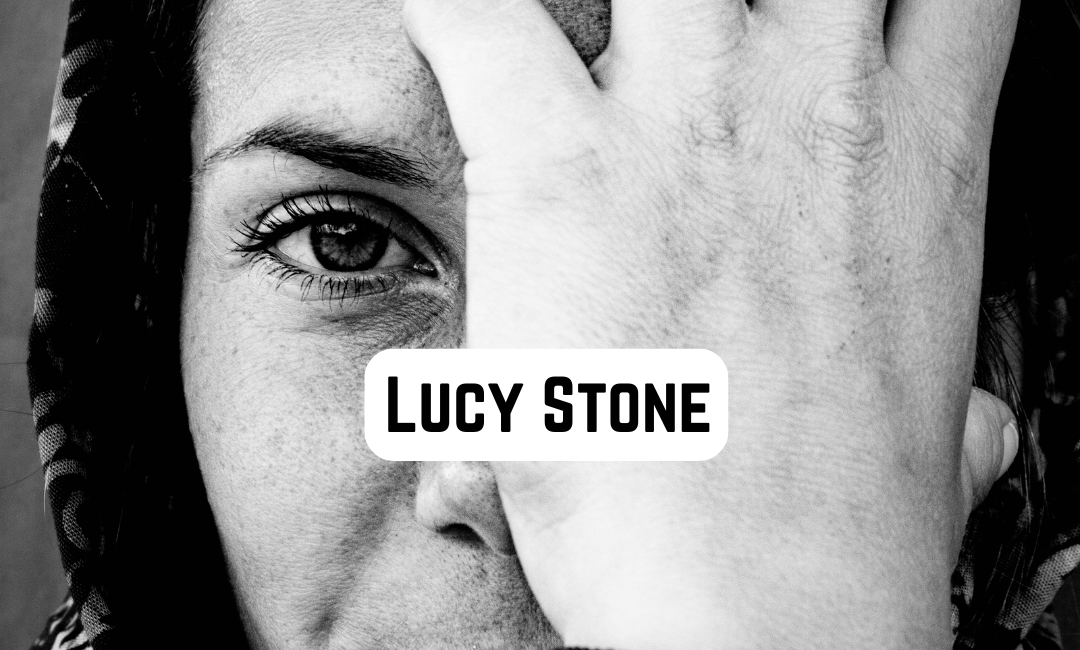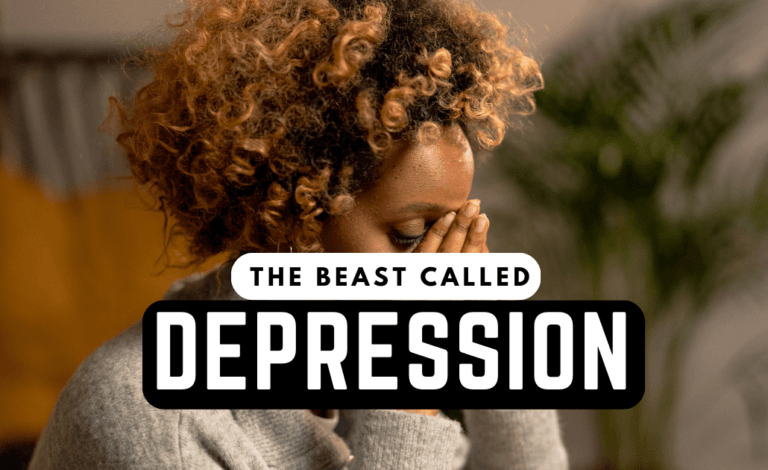How a Young Woman from Massachusetts Helped Ignite the Women’s Rights Movement and Inspired Generations
Imagine standing in front of a crowd in the 1840s, knowing your very voice was an act of defiance. Lucy Stone did exactly that. When women were told to stay silent, she spoke. When women were taught to obey, she questioned. And what she sparked helped change the course of American history.
Related: Women who are drained by good men
Early Life: Roots of Rebellion
Lucy Stone was born in 1818 in rural Massachusetts to a large, poor family. From a young age, she witnessed her mother’s backbreaking work and the cruel reality that women had no rights to the property or money they helped earn. Lucy realized that no matter how hard her mother labored, it brought her neither respect nor freedom. This injustice planted a seed of determination in Lucy to question everything she had been taught.
Determined to understand and challenge the religious arguments used to justify women’s inferiority, she taught herself Greek and Hebrew so she could read biblical texts in their original languages. Even as a teenager, Lucy Stone wasn’t content to accept the answers society handed her.
Related: Patriarchy Teaches Silence and Compliance
Breaking Barriers in Education
At a time when education for women was considered unnecessary or even dangerous, Lucy Stone made history by enrolling at Oberlin College, the first college in the United States to admit women. She graduated in 1847, becoming the first Massachusetts woman to earn a college degree.
Her years at Oberlin were far from easy. She faced ridicule and resistance from classmates and faculty alike, but she refused to let it break her spirit. Instead, it deepened her resolve to fight for women’s rights.
Becoming America’s First Feminist Orator
In her mid-twenties, Lucy began giving public speeches demanding equality for women. This was nearly unthinkable at the time—public speaking was considered improper for women, and those who dared often faced hecklers, threats, or social ruin. But Lucy stood firm. Her speeches were fiery, articulate, and impossible to ignore.
She traveled extensively across the United States, captivating audiences and sparking conversations in towns where women had been expected to stay silent and obedient.
Organizing the Women’s Rights Movement
Lucy Stone wasn’t satisfied with speeches alone. In 1850, she helped organize the first National Women’s Rights Convention in Worcester, Massachusetts. This gathering brought together hundreds of women and men ready to challenge the status quo and laid the foundation for the suffrage movement that would eventually win women the right to vote.
Lucy also founded and edited The Woman’s Journal, a newspaper dedicated to women’s rights that became one of the most important publications of the 19th-century women’s movement.
Defying Social Norms in Marriage
When Lucy married Henry Blackwell, she did something no American woman had publicly done before: she kept her maiden name. This defiant act challenged the laws and customs that treated wives as the property of their husbands.
Lucy and Henry even issued a public protest in their marriage vows, declaring their opposition to the legal doctrine of coverture, which stripped married women of nearly all rights. This stand inspired many women, and the term “Lucy Stoner” was coined to describe women who chose to keep their names after marriage.
Challenges, Allies, and Legacy
Lucy’s message was met with mixed reactions. Many women were inspired by her courage and joined the cause, but others—raised to see outspoken women as improper—feared the backlash and distanced themselves. Many men saw her as a threat, yet she found allies like her husband, Henry, who stood beside her.
Lucy Stone’s relentless advocacy inspired the next generation of suffragists, including Susan B. Anthony and Elizabeth Cady Stanton, who carried the fight forward until women finally won the right to vote in 1920, nearly 30 years after Lucy’s death.
Her work is memorialized today in the Boston Women’s Memorial, where a bronze statue of Lucy stands alongside other pioneering women. The Lucy Stone League, founded in her honor, continues to advocate for women’s right to keep their names after marriage.
Related: The Brotherhood: The Story You Need to Hear – Get it on Gumroad
Who Did Lucy Work With? Who Supported Her Efforts?
Lucy Stone worked alongside or inspired many of the most influential feminist leaders of her era. Together, they laid the groundwork for the American women’s rights movement and created networks of support and activism that changed history.
- Susan B. Anthony was inspired by Lucy’s powerful speeches and early organizing. Although they later disagreed on political strategies, Lucy’s pioneering work helped spark Anthony’s lifelong activism for women’s suffrage.
- Elizabeth Cady Stanton, co-organizer of the Seneca Falls Convention, collaborated with Lucy Stone early on. While their visions sometimes diverged, both were relentless advocates for women’s equality.
- Lucretia Mott, a Quaker abolitionist and feminist, supported Lucy’s speaking tours and attended conventions that amplified women’s rights across the country.
- Antoinette Brown Blackwell, the first woman ordained as a mainstream Protestant minister in the United States, was a close friend of Lucy’s from their days at Oberlin College. Lucy championed Antoinette’s groundbreaking work for both women’s rights and religious equality.
- Henry Blackwell, Lucy’s husband, was an outspoken feminist in his own right. He co-wrote their protest marriage vows and co-founded The Woman’s Journal with Lucy, amplifying women’s voices in print.
- Paulina Kellogg Wright Davis, an early suffrage leader, co-organized the first National Women’s Rights Convention in 1850 with Lucy Stone, helping to unite women across states in a common cause.
These collaborations and alliances not only empowered Lucy Stone but also fueled a movement that continues to shape the fight for gender equality today.
Why Lucy Stone’s Story Still Matters Today
Lucy Stone’s story is not just a chapter in women’s history—it is a roadmap for anyone questioning inherited scripts that keep them silent and small. Her courage shows us that change starts with daring to speak out, even when everything in your world tells you to stay quiet.
To put Lucy’s trailblazing into perspective, she was fighting for women’s rights nearly 175 years ago. That’s long before the second-wave feminism of the 1960s and 70s, and almost two centuries before today’s 21st-century feminist leaders who benefit from rights she and her peers fought to secure. At a time when women could neither vote nor own property freely, Lucy was already demanding equality, shattering the silence, and challenging laws that treated women as property themselves.
Today, many of us are still taught to trade authenticity for approval, to keep the peace instead of challenging what’s wrong. Lucy’s life reminds us that speaking our truth can ignite change not just in our lives, but in society as a whole.
What if the rules you’ve been living by were never truly yours? What if they were designed to keep you silent, compliant, and doubting your own worth?
In this powerful episode of the Narcissistic Abuse Recovery Podcast, Lynn unpacks how patriarchal scripts condition us to stay small and why unlearning these patterns is key to real freedom and healing.
🔹 See how isolation isn’t random but a strategy designed to keep you disconnected, ashamed, and convinced your pain is a personal failure.
🔹 Explore how subtle side-eye glances, laws, religion, and culture taught generations to trade authenticity for approval.
🔹 Learn why these inherited scripts don’t just hurt women but create fertile ground for narcissistic abuse to flourish in silence.
🔹 Hear the electrifying true story of Lucy Stone, the fearless pioneer who dared to question everything and sparked the women’s rights movement long before most women were allowed to speak.
🔹 Understand the emotional and historical roots of self-silencing, and why questioning these patterns can lead to a soul-deep awakening.
🔹 Reflect on powerful questions: Have you ever felt like life doesn’t fit? Are you tired of carrying blame that was never yours? Do you wonder what it feels like to live unbound by cultural expectations?
This episode is for anyone who senses there’s more to life than the scripts they were handed. It’s for those ready to break the silence, reclaim their story, and see how unlearning patriarchal conditioning is essential for emotional safety and authentic connection.
If you’re ready to see the truth behind the scripts, awaken to new possibilities, and subscribe for more conversations that go deeper than anyone else will, hit play now. Let’s unravel these patterns together.
If you have ever felt like your voice doesn’t matter, let Lucy Stone remind you: it does. And sometimes, one voice is all it takes to start a movement.
Timeline of Women’s Rights: Lucy Stone’s Legacy in Context
- 1818 — Lucy Stone is born in Massachusetts.
- 1847 — Lucy graduates from Oberlin College as the first Massachusetts woman to earn a college degree.
- 1850 — Organizes the first National Women’s Rights Convention in Worcester, Massachusetts.
- 1893 — Lucy Stone passes away, decades before women win the right to vote.
- 1920 — 19th Amendment ratified, granting U.S. women the right to vote.
- 1960s–70s — Second-wave feminism emerges, building on groundwork laid by Lucy and other pioneers.
- 2000s–Present — 21st-century feminist leaders continue pushing for gender equality, reproductive rights, and fighting modern-day patriarchy.
Validation. Rebuild. Revolutionize.







Leave a Reply